March tests our faith. It can summon all the bluster of its namesake [Mars] to convince huddled mortals that the power of winter, like that of any tyrant, is not soon or lightly surrendered. On a night in late March the wind can blow with a force unfelt all winter. —Michael Judge, The Dance of Time: The Origins of the Calendar

Meteorological Folk Wisdom
I recited it this way as a child: “March winds bring April showers, April showers bring May flowers. What do Mayflowers bring? Pilgrims.” (Because in kid humor, that is funny every time.) Apparently this was the original proverb: “March winds and April showers bring forth May flowers.” There are all sorts of related sayings in my beloved Farmer’s Almanac… “March in January, January in March” from the English. “March comes in with adders’ heads and goes out with peacocks’ tails” from the Scottish… which is more familiar to us as “If March comes in like a lamb, it goes out like a lion; in like a lion, out like a lamb.”
Referring strictly to weather, and not geopolitical events, March 2022 came in bleating. We had relatively mild temperatures, breezy winds, and days in which the sun shone for hours. Never warm enough to melt all the snow, but a welcome reminder that the natural world will soon emerge from its frozen slumber. And that eventually we’ll be able to open that garden gate again…
The origins of the March lion/ lamb proverb may have originally been astronomical (literally). In the northern hemisphere, March begins with the rising constellation Leo the lion in the east, followed by Aries the ram setting in the west to end the month. But it seems to have stuck around into this century mainly as a maxim of northern hemisphere weather.
Interestingly, given the proverb and ovine constellation, March is lambing season in much of this hemisphere. Ewes are more likely to have twins if their breeding is timed for giving birth in the Spring. James Herriot’s books are full of vivid descriptions of lambing season in the Yorkshire Dales. His tales of veterinary adventures with livestock are nestled within a love story to the landscape with its changing seasons, the stolid farmers on the brink of a mechanized modern world, and the rural past that would disappear with the Second World War.
All Creatures Great and Small is my go-to comfort book series when the world is storming. Our family has been pleased with the new adaptation on PBS, and if you haven’t yet seen its two seasons then you’ve got something to look forward to now. I had my doubts going in, since as a ‘70’s baby I was loyal to the original series. But the new show is lovely, and the updates fit well without seeming too much like modern sensibilities slapped on to the past. Oh, and the lead actor narrates the book series on audiobook, to which our 10-year-old gives 2 thumbs’ up.
If having a soul means being able to feel love and loyalty and gratitude, then animals are better off than a lot of humans. —James Herriot
Lunar Calculations for Spring Holidays
We celebrated acknowledged Ash Wednesday last week, which kicks off the 40 days of Lent…though it is actually longer than that. Lent as we know it now was set in the 11th century, due to the fastidious early Christians who were all, “Hey, since Sundays aren’t days of penance, we’re only fasting for 34 days. That’s like cheating, because Jesus fasted for 40.” (Very holy, you guys, but also like the kid who reminds the teacher that there’s a quiz today.) Fasting on Ash Wednesday, that extra half week following it, and during the Triduum (3 holy days) preceding Easter brought it back to 40 days and people could still enjoy Sundays as “little Easters.”
Easter is a moveable Spring feast. Its date each year is based on the Paschal full moon, which means it falls on the 1st Sunday after the 1st full moon following the Vernal Equinox (well, really just always March 20, because we’re kind of rejecting the solar calendar here). It was celebrated on the 1st Sunday after Passover in the early church, because many Christians also observed the Jewish holy days. And those are based on a lunar calendar, in which months begin at the new moon.
Passover always falls on the 15th day of the Hebrew month of Nisan (which coincides with March or April), and so it is always at the full moon. Easter this year falls on April 17; the full moons preceding it will be on March 18 and April 16. Eastern Orthodox Easter falls on April 24 this year, the day after Passover ends. The variance in the dates that Easter is celebrated are due to the use of the Julian calendar in the Eastern church (developed 45 BCE) and the Gregorian calendar in the Western or Roman church (developed in 1582).
Early Spring Planting
And here’s another proverb… Plant your peas and potatoes on St. Patrick’s Day (always March 17). Though to plant directly outdoors, the soil should be around 45 degrees. So here in Zone 5-6, that likely won’t work. We could start the peas indoors, but they grow and sprout pretty quickly so there’s not a clear benefit to starting them early. I’m thinking if I get our peas planted by the last half of April, then we’ll be set.
Peas are a cool weather crop, so they’re well-suited to our chilly Springs, and frost-tolerant as long as the blossoms aren’t caught in a hard frost. They taste sweetest if they’re picked when the shoots are young. The taste of the peas is a bit different as the weather turns hot, but we’ve found pea plants work well as a succession planting through the growing season, even into September. So this year I’m aiming to plant my peas by Easter week, and either the Gregorian or Julian date will do.
Bee Update
Neither of our 2 hives survived the winter. Despite knowing that this outcome was highly probable, we still had enough hope to warrant donning our bonnets before opening the hives this past week. So we’ll start again with new bees this year. We didn’t set up our first hive until mid-June last year, and split the hive mid-July, which likely didn’t give the colonies enough time to build up winter honey stores.
We fed them with supplemental sugar water and AP23 (R) winter fondant patties before everything froze, but we should have added more food within the past couple weeks (even if the temperature wasn’t technically warm enough to open the hive). Well, learning from our mistakes I guess. If we can set up a May hive, then their survival chances will be better by Fall, as well as benefiting the garden with earlier intensive pollination.
These modern boxy frame hives are fairly new in the history of beekeeping; Langstroth hives weren’t invented until the 1850’s. Prior to that, domestic beekeepers started over again each Spring with new colonies. Skeps were often used (from the Old Norse “skeppa” for basket), and though picturesque, they required killing of the bees with sulphurous smoke in order to harvest the honey. Whereas today’s beekeepers work hard to help their bees overwinter in the hive, and the smokes we use are benign (to calm the bees) or medicinal (to kill varroa mites). Progress can be good.
Bringing Back Victory Gardens
Thank you, thank you, thank you for the outpouring of interest in the last post on victory gardens! I appreciate the comments and emails. There is so much knowledge of history and so many forward-thinking gardening ideas among all of you! The world news on February 24 was relevant to that February 23 post in an unwelcome way. And March just gets worse. History is cyclical in many ways.
The month’s old Saxon name was Hrethmonath, “rough month,” after the boisterous winds; the Dutch called it Lentmaand, “the time of Lent.” In more ancient days, March’s winds competed with the bray of martial trumpets; it signaled the start of Roman military operations after a winter hiatus and still bears the name of their god of war, mighty, merciless Mars. —Michael Judge, The Dance of Time: The Origins of the Calendar
Ukraine and Russia together supply 30% of the world’s wheat. Ukraine has now stopped exports of major foods, including grain and meat, in order to safeguard their country against starvation (echoing Britain’s WWII civilian survival plan). Ukrainian farmers need to finish the Spring sowing of wheat by the end of April. Interesting article in the Financial Times if you’d like to read further on the domino effect of war and world agriculture crises: Food crisis in Ukraine (I think you get 1 free read on that site.)
I’d been considering adding a grain type or three to our crop rotation. Will have to research which might grow easiest on a small plot in this zone. Any words of advice? I’ve read that buckwheat grows well, even in wet ground, and is ready to harvest in 65 days. Barley would be interesting, but is reportedly quite prone to damage by weather and pests.
About the new affiliate link:
I’m thrilled to announce that The Suburb Farm has an affiliate shop at Bookshop.org, which is dedicated to supporting independent bookstores by helping them to compete in the online market. You can shop the book collections at our link. All the books in our shop are either found on our family’s bookshelves, loaded on our e-book readers, or vetted by us from our local libraries.
You can also use our link as a starting page to search for other books. We earn a commission for each purchase, at no additional cost to you. I’ll be regularly updating the shop, so please stop by to browse our family’s bookshelves and support small businesses. Here’s the link, and you can always find it at the bottom of our emails and on our About page on the blog: Bookshop link
Whirled Peas
Here’s hoping for a great start to your seedlings and Spring planting and, you know, World Peace while we’re at it. Have the global events of the past 2 weeks altered your gardening plans? Are you planting any cold weather crops this month? Have you started your indoor seeds yet? What Spring holidays are you looking forward to? Drop a comment or reply to this email— I’d love to hear from you!
— Erin, in Michigan






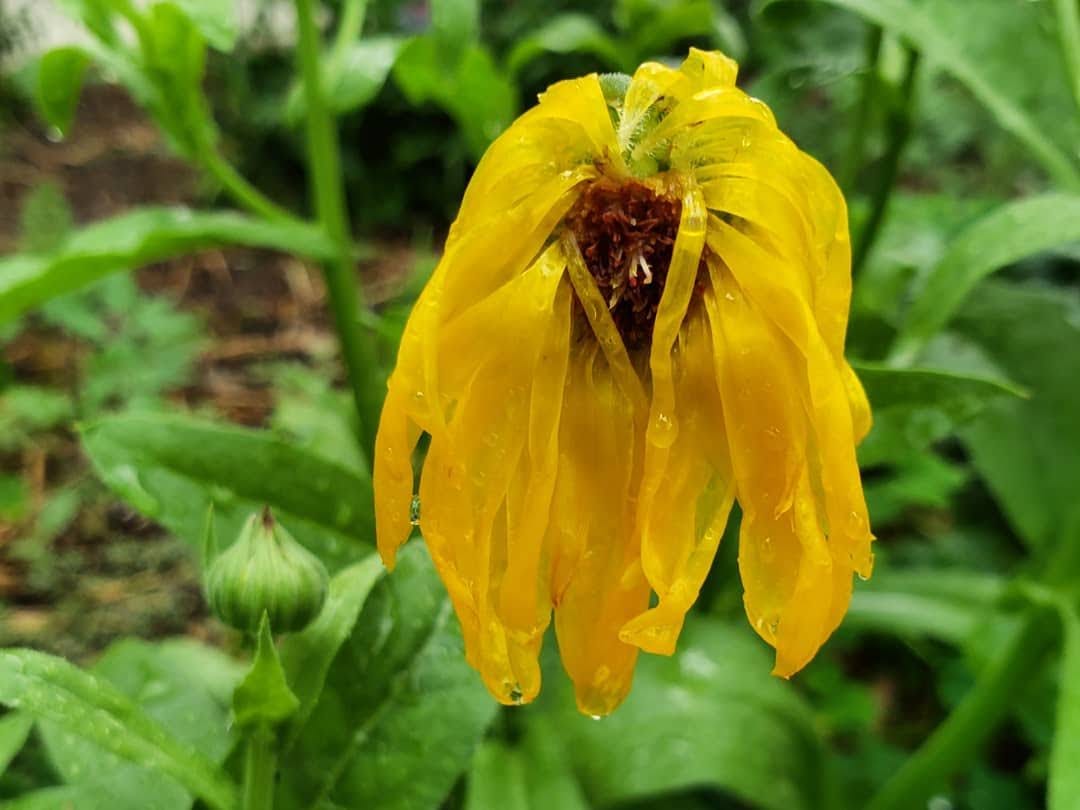

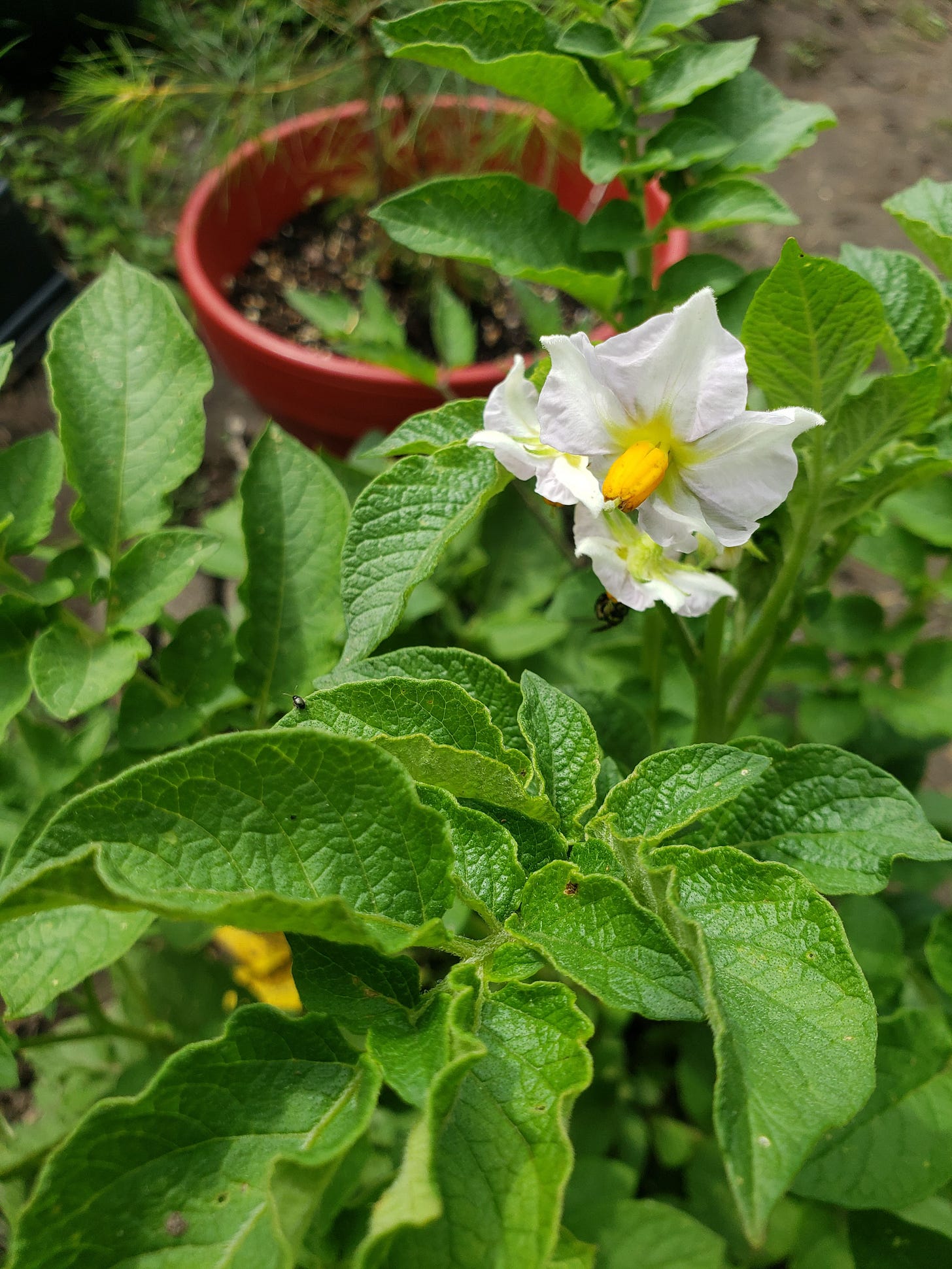

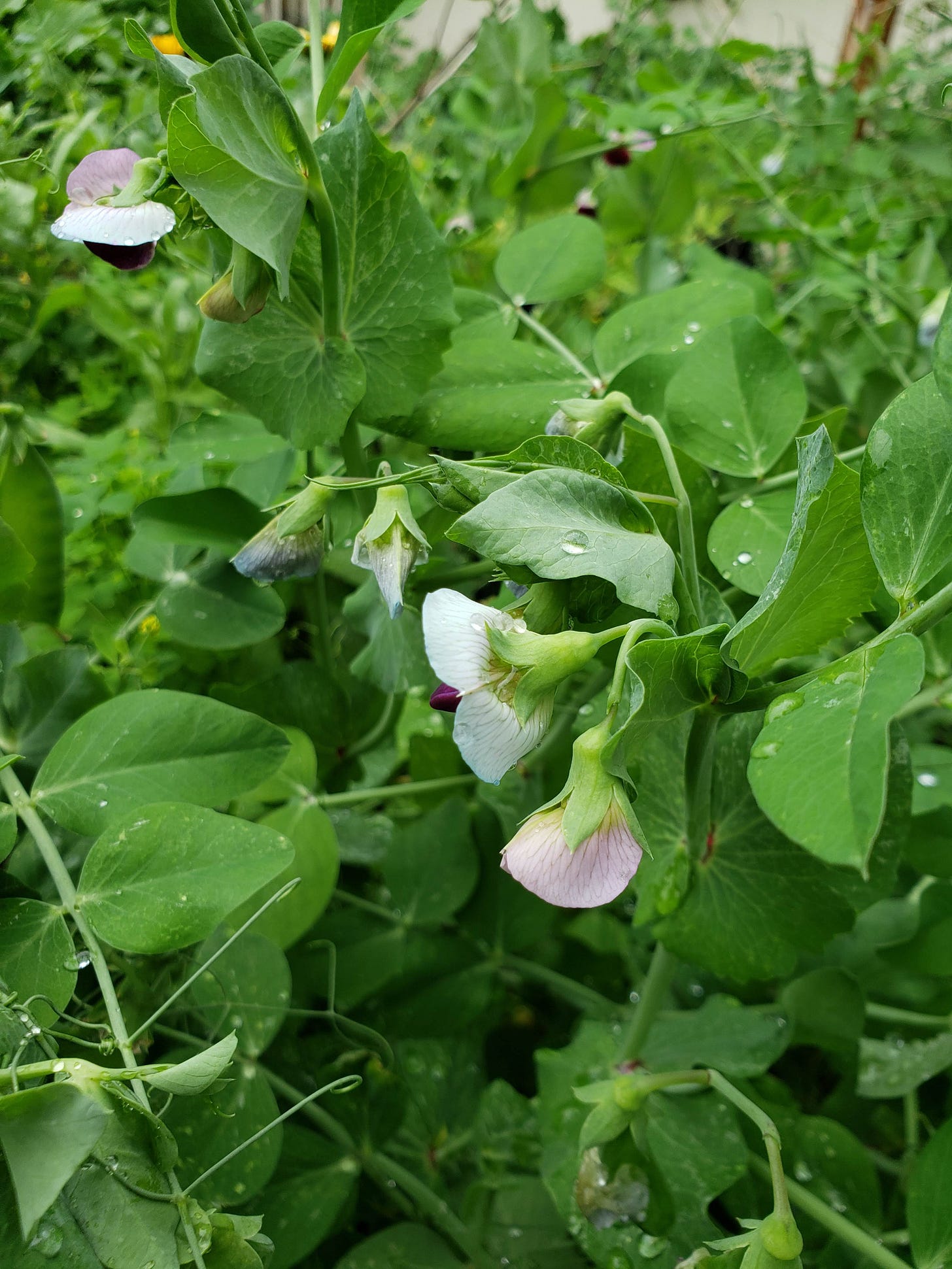
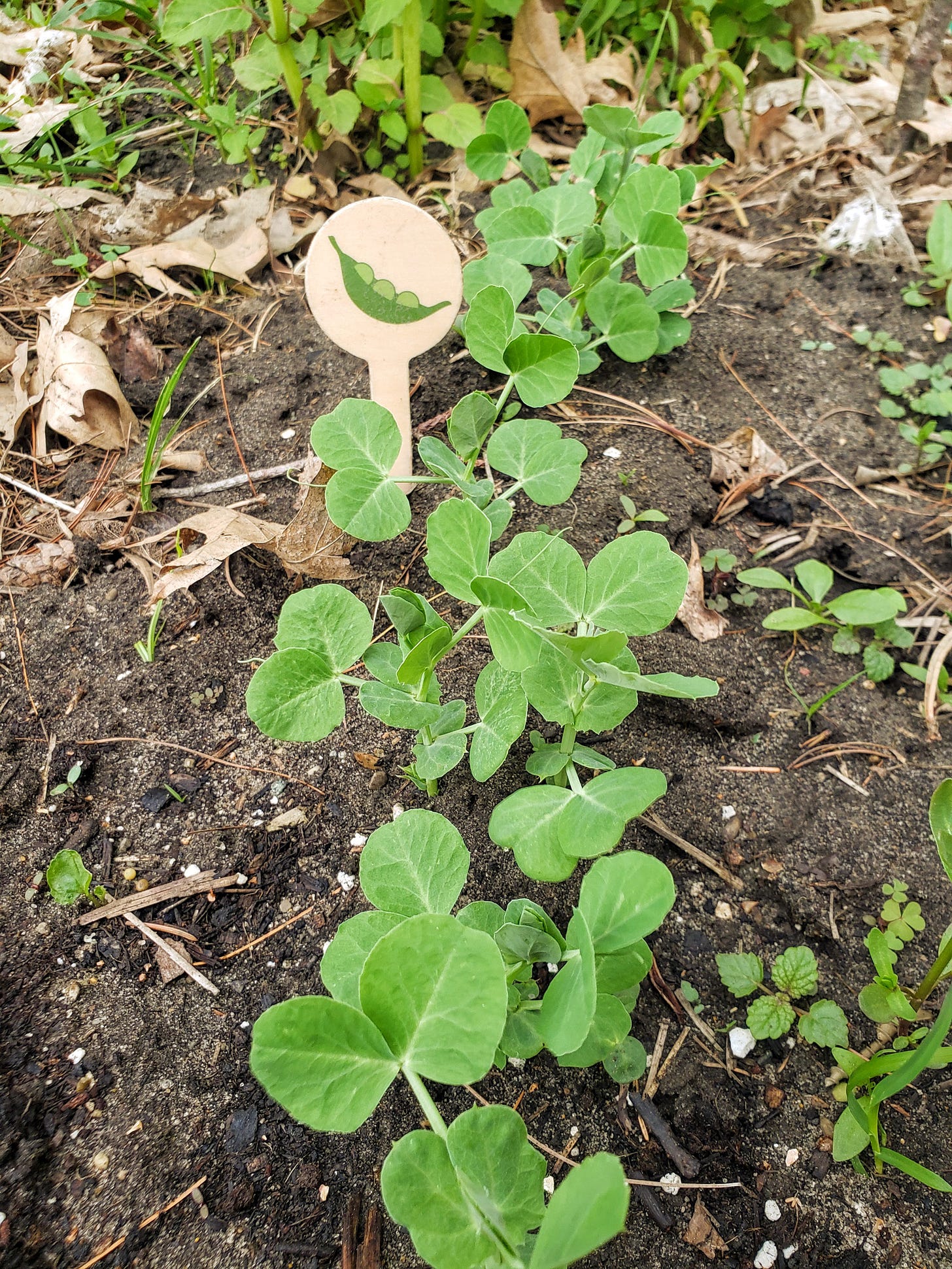
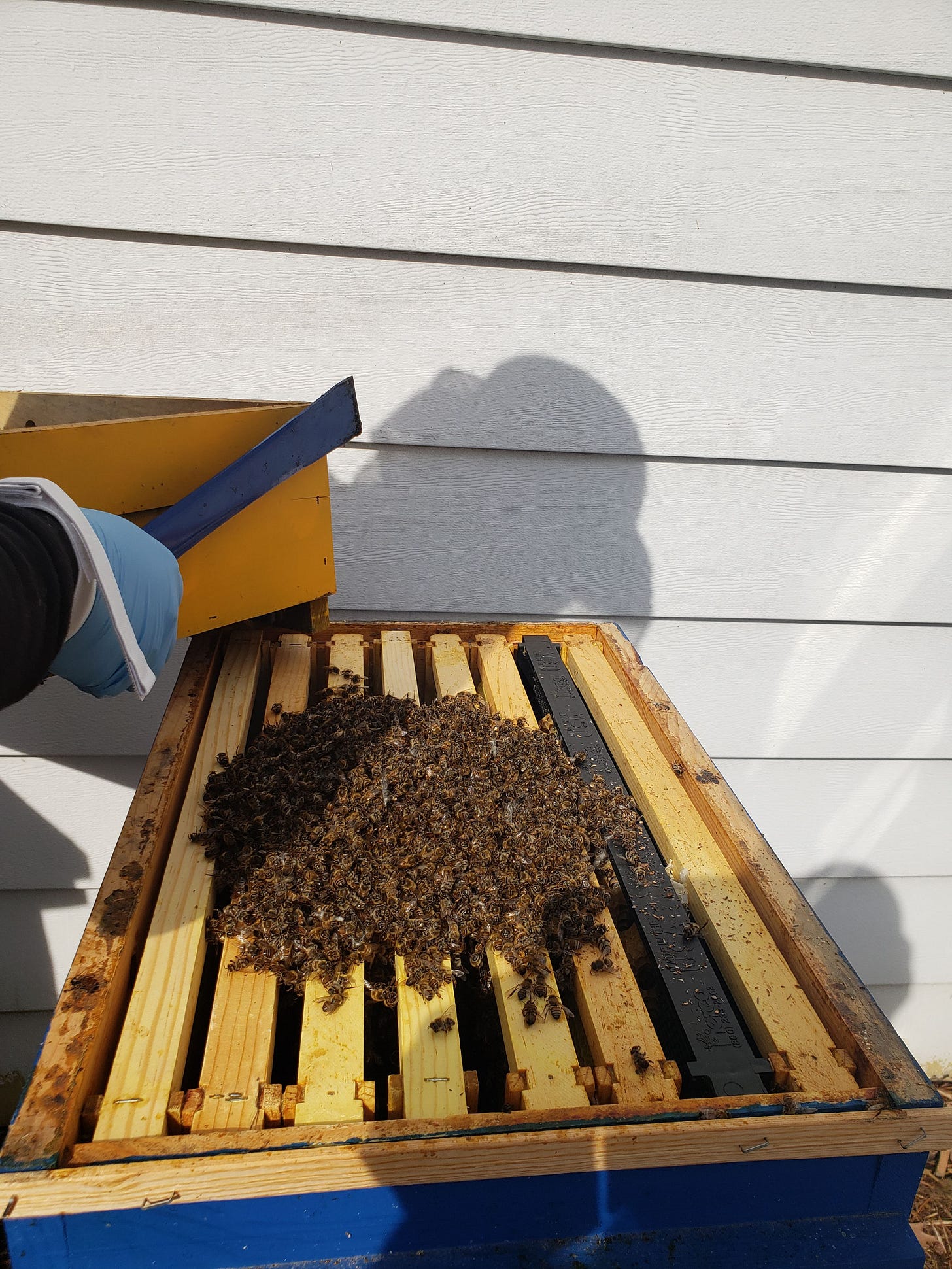

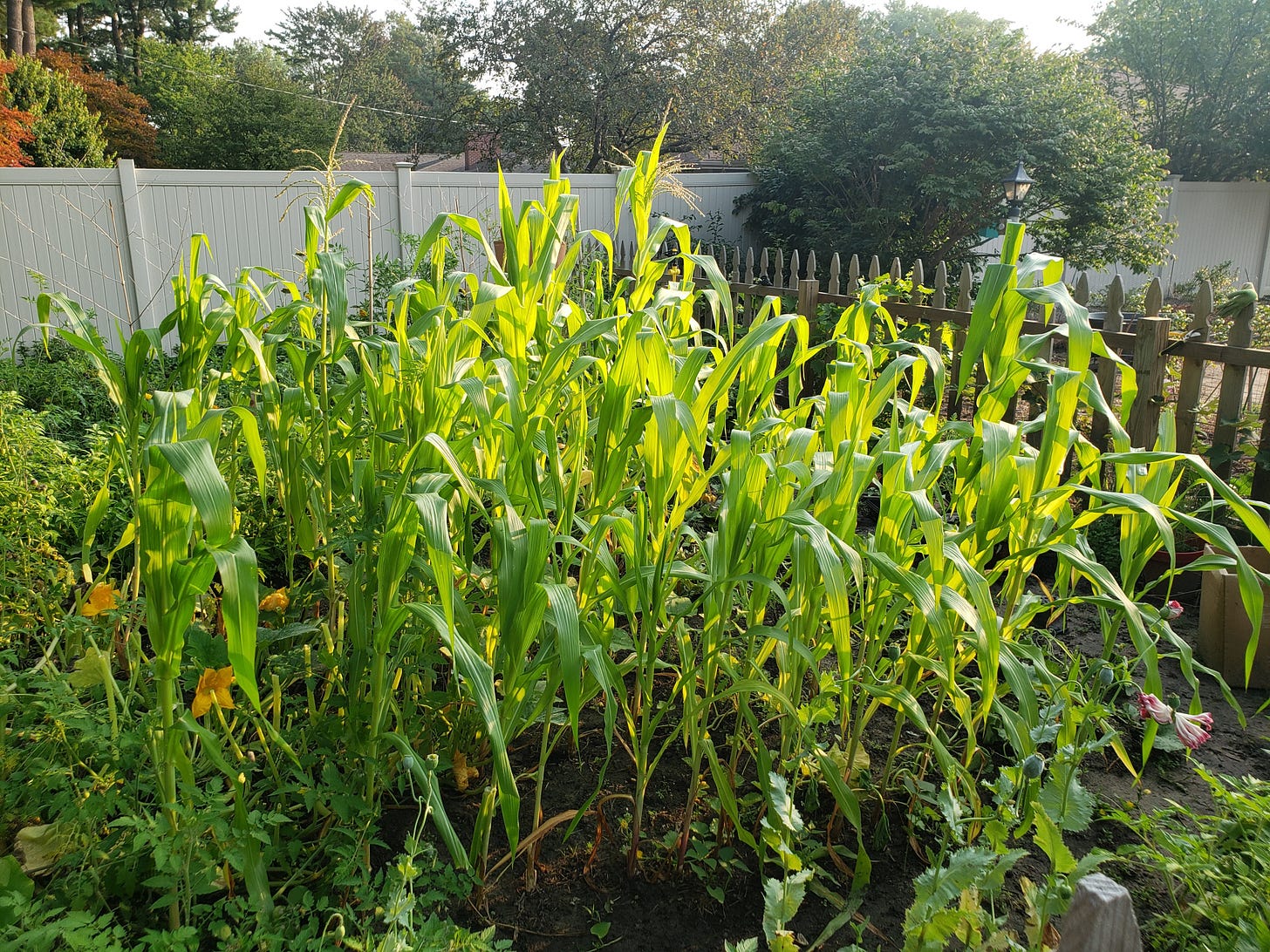

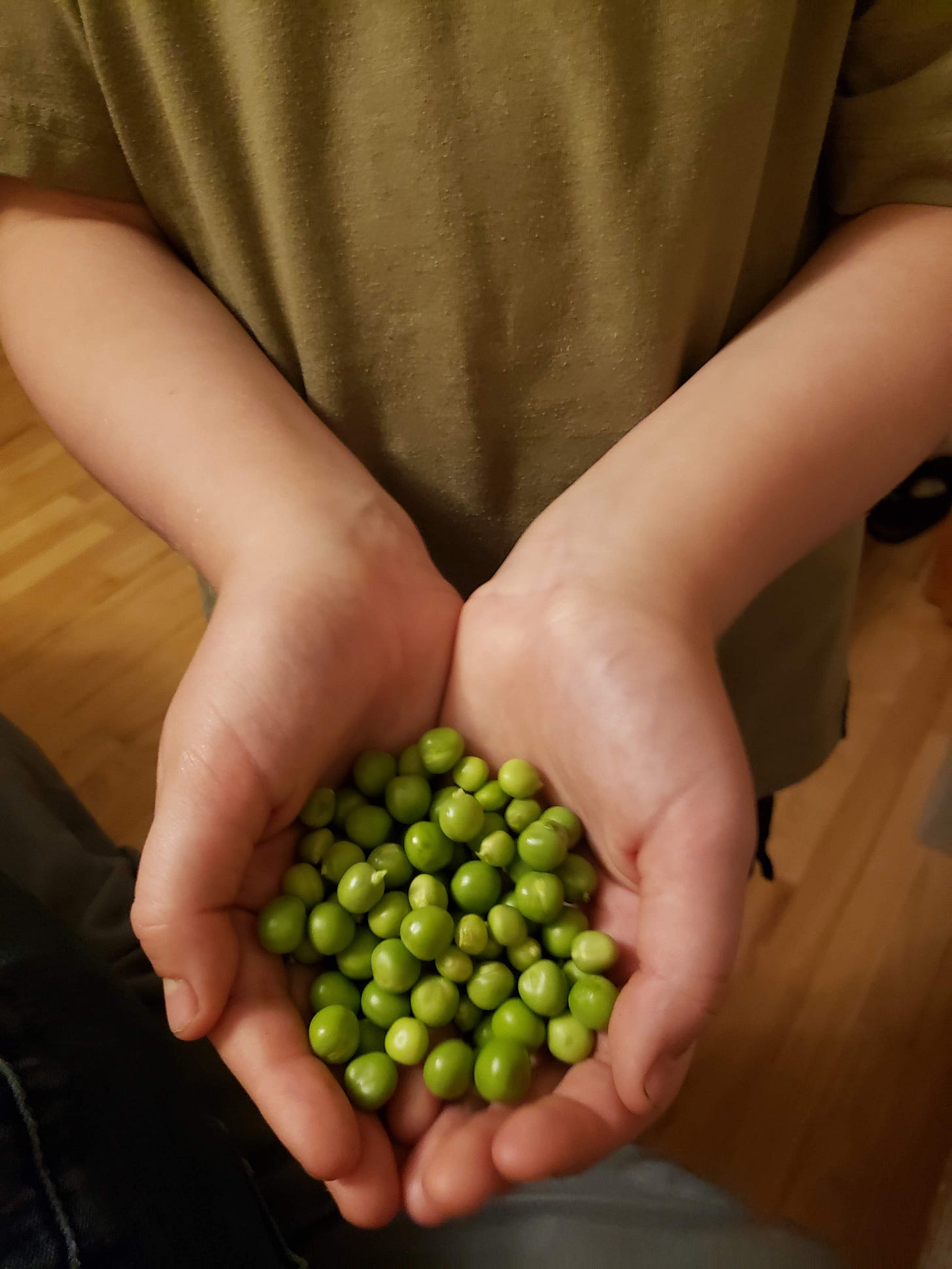
Amaranth is an ancient grain- leaves are good as a spinach substitute, seeds can be harvested in the fall and eaten like quinoa.
I am so sorry to hear about your bees. Bees have a lot challenges now-a-days.